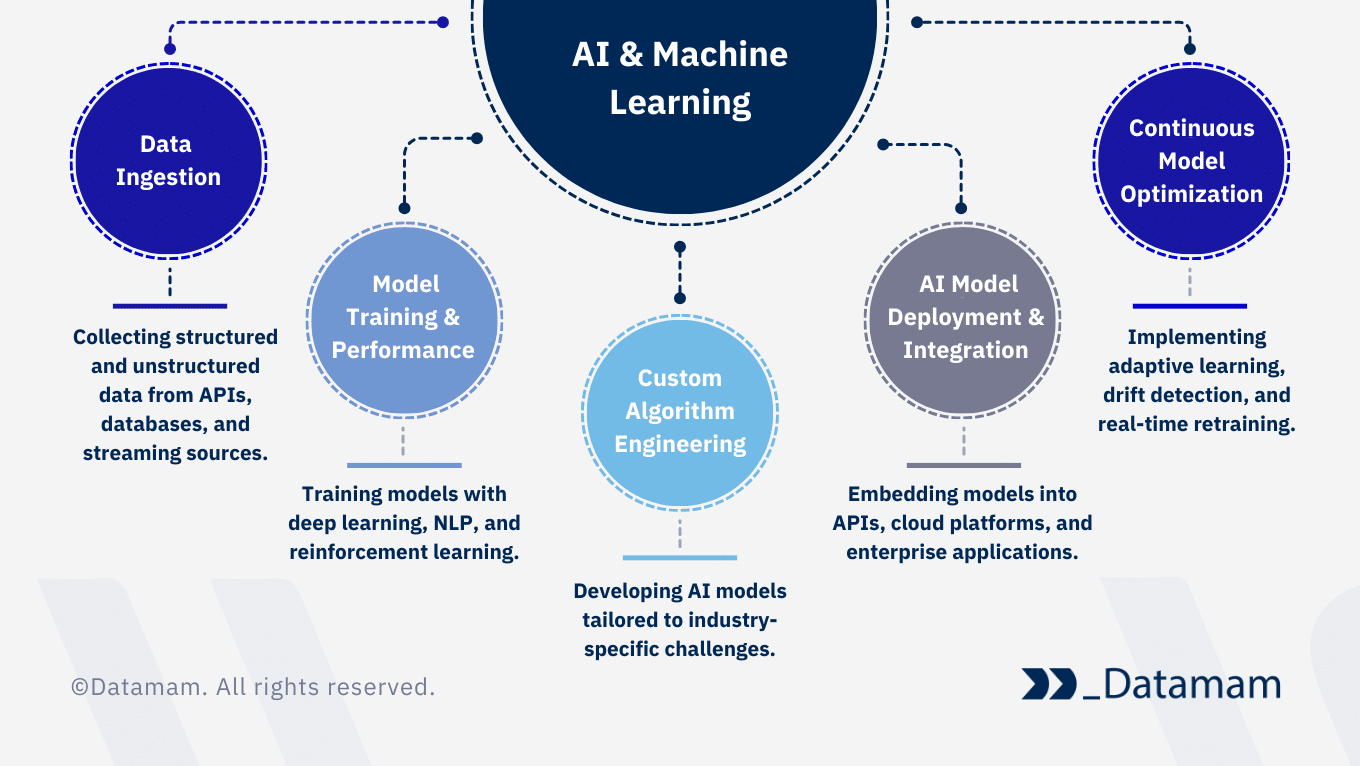Rise of the AI Wrappers
Some of the world’s richest companies are currently offering access to their most powerful AI models, aiming to dominate the next technological era. This presents a unique opportunity for experts in various fields to leverage their expertise with the capabilities of AI to create tools that help them achieve their goals. These tools, commonly referred to as AI wrappers, have evolved into profitable ventures.

AI Wrappers in Software Engineering
The trend of AI wrappers started in software engineering, where companies like Windsurf have significantly accelerated software development processes using AI. OpenAI's recent interest in acquiring Windsurf for around $3 billion is a clear indicator of the value AI wrappers hold in the market. Similarly, Cursor, another AI tool, which reportedly declined OpenAI's offer last year, is now valued at $9 billion. This trend is also visible in adjacent fields like Figma, which integrates AI into user interaction and experience design.
Challenges and Opportunities
While AI wrappers offer powerful AI solutions, there is an inherent conflict between model providers and wrapper companies. Model providers benefit from maximizing token use, while wrapper companies seek to minimize costs by reducing token utilization. This conflict has led to market consolidation and the emergence of custom AI models to optimize performance and costs.
The Future of AI Tools
Building custom AI models may not be feasible for most teams currently. The key strategy lies in rapid product development, market capture, and data ownership. Niche-specific data collected today will play a crucial role in refining cost-effective models in the future, providing a competitive edge. The influx of AI wrappers and the evolution of consumer markets will shape the development of meta-apps, AI-powered tools that transcend multiple contexts and services.

Meta-Apps and Their Potential
Meta-apps like Granola, WisprFlow, and Devin leverage AI to simplify tasks across various platforms. These tools have become indispensable to users by integrating seamlessly into their daily routines. The complexity of building meta-apps lies in data integration, privacy management, and interoperability. The lessons learned from AI wrappers will be invaluable for developers venturing into meta-app development.
Conclusion
The rapid advancement of AI tools, such as AI wrappers and meta-apps, underscores the transformative power of AI technology. Teams with a clear vision and agile approach stand to thrive in this dynamic landscape. As we witness the impact of AI on diverse industries, the future of AI tools holds immense potential for innovation and efficiency.




















